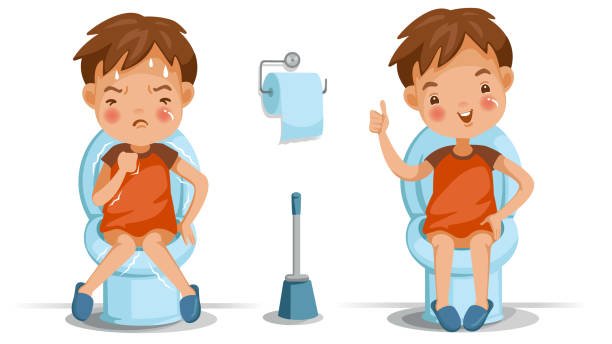Constipation is a common concern among children and one that many parents face at some point. Whether it’s due to diet, routine changes, or withholding behavior, constipation can cause discomfort and affect a child’s overall well-being. Understanding its causes and knowing how to manage it with the right pediatric approach can make a significant difference in your child’s digestive health.
What Is Constipation in Children?
Constipation in children is typically defined as having fewer than three bowel movements per week, passing hard or painful stools, or experiencing difficulty in stool passage. Some children may go several days without a bowel movement and show signs of discomfort or even avoid using the toilet.
It’s important to remember that every child’s bowel habits are different, but ongoing irregularity may require attention.
Common Causes of Constipation in Kids
There are several reasons why a child may develop constipation. Understanding the root cause is the first step in effective treatment.
1. Diet Low in Fiber
Children who consume a lot of processed or fast foods, dairy, and refined carbohydrates may lack the necessary fiber that promotes healthy digestion.
2. Inadequate Fluid Intake
Dehydration or insufficient water consumption can lead to hard stools and difficulty passing them.
3. Toilet Avoidance
Some children avoid using the toilet at school or other unfamiliar places. This can lead to withholding stool, making constipation worse.
4. Lack of Physical Activity
A sedentary lifestyle can slow down bowel movements. Physical activity helps stimulate digestion and bowel motility.
5. Emotional Factors
Stress, anxiety, or changes in routine (such as starting school or moving homes) can contribute to constipation.
Signs and Symptoms of Constipation
Recognizing the signs early helps prevent further discomfort or complications. Look out for:
- Fewer than 3 bowel movements per week
- Hard, dry, or pellet-like stools
- Painful or strained bowel movements
- Abdominal bloating or cramping
- Soiling (leakage of liquid stool around a blockage)
- Loss of appetite or irritability
Pediatric Remedies and Home Management
Most cases of constipation in children can be managed at home with lifestyle and dietary changes, but these should be done under the guidance of a pediatrician.
1. Increase Fiber Intake
Incorporate high-fiber foods such as:
- Whole grains (brown rice, oats, whole-wheat bread)
- Fruits (apples, pears, prunes)
- Vegetables (carrots, broccoli, peas)
- Legumes (beans, lentils)
2. Encourage Adequate Fluids
Make sure your child drinks plenty of water throughout the day. For some children, warm fluids in the morning (like warm water or milk) can help stimulate bowel movement.
3. Develop a Toilet Routine
Encourage your child to sit on the toilet for a few minutes after meals. This routine helps establish regular bowel habits.
4. Physical Activity
Daily movement, whether it’s walking, cycling, or playing outside, can help stimulate intestinal activity and ease constipation.
5. Natural Remedies
Some pediatricians recommend prune juice or fiber supplements for short-term relief. Avoid using over-the-counter laxatives unless directed by a doctor.



When to See a Pediatrician
While mild constipation is common and often harmless, consult your child’s doctor if:
- Constipation lasts more than 2 weeks
- There’s blood in the stool
- Your child is in severe pain
- There is a noticeable change in behavior or appetite
- Home remedies are not working
Your pediatrician may suggest further tests, prescribe medication, or refer you to a pediatric gastroenterologist if the condition is chronic.
Conclusion
Constipation in children is often temporary and manageable with the right balance of diet, hydration, routine, and physical activity. Patience and consistency are key. However, don’t hesitate to involve a pediatrician if symptoms persist or cause significant discomfort. Early intervention can help your child return to regular, pain-free bowel movements and improve their quality of life.


